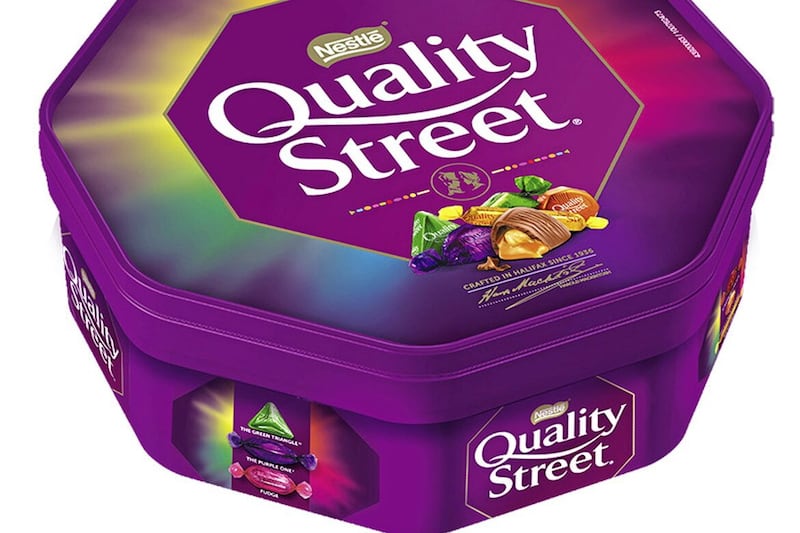AS we enter the new financial year, much attention is focussed on ISAs, or individual savings accounts.
The annual allowance is £20,000 and they have proved a popular way of saving as they protect savers from paying income tax or capital gains tax. At the end of the 2018/19 tax year investors have apparently been rather wary of stocks and shares ISAs and instead there has been a surge in investment in cash ISAs. This is somewhat at odds with the usual year-end scramble and reflects the uncertainty in the current market environment.
The combination of Brexit uncertainty and stock market volatility has proved highly unsettling despite the obvious yield difference.
Up until 1959 equities yielded more than government bonds (gilts), which was known as the yield gap. Economic theory justified this because of the additional risk inherent in equities, the “equity risk premium”. However from 1959 until 2008 this phenomenon was reversed: gilts had a higher yield than shares, universally known as the reverse yield gap. Theory explains this by defining the yield gap as the expected risk premium on equities minus the expected growth in dividends. This means that inflation and growth are both crucial factors and the higher these are, the more equity yields will fall behind gilt yields. Gilts have a fixed rate of return, so do not change the amount that is paid out over their lifetime. In 2008 the situation changed again and equities saw a higher yield than gilts again, reverting back to the pre-1959 era.
We are now at the stage when the gap between the ten year gilt yield and the FTSE All-share yield is wider than it has ever been. The yield on 10 year government bonds is just over 1 per cent, having fallen by 20 per cent over the past year, whereas the yield on the All-share index is 4.13 per cent. Such a gap would have been unthinkable only a few years ago and serves to indicate that we are indeed in unchartered waters now.
There is also another interesting point to note concerning yield. One of the most closely watched indicators in the market is the yield curve, which usually slopes up over time, indicating that you pay less to borrow for a short time than for a longer time. Occasionally short-term yields rise above longer-term ones to produce an “inversion”, a phenomenon which has proved remarkably accurate in predicting a recession. In fact the yield curve has inverted ahead of every recession since the Second World War. Ominously the yield curve has inverted once again in the US, giving rise to speculation that the next recession is just around the corner. However, as with any predictive tool it has its complications: signs of steadier growth have resulted in the yield curve reverting to positive territory and market watchers therefore remain relatively sanguine.
Clearly risk is a powerful driver in investment decisions, but with inflation generally exceeding the rate of interest paid on cash, there is also a risk in ignoring the better yields on equity as over time the real value of cash will fall if inflation exceeds the interest rate paid.
:: Cathy Dixon is a director at the Belfast office of Cunningham Coates Stockbrokers. This article does not constitute a recommendation to buy or sell investments and the value of any shares may fall as well as rise. Investments carry risk and investors may not receive back the amount invested. The views expressed are those of the author and not necessarily of Cunningham Coates Stockbrokers









